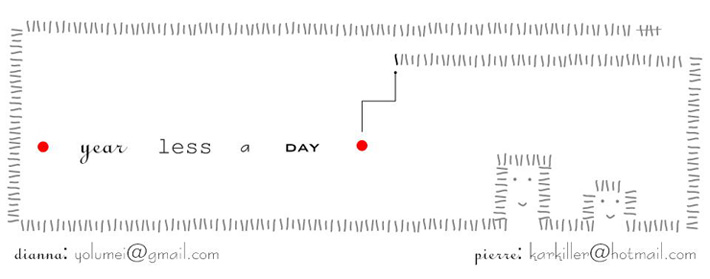Tong Li is a canal town, compact and well-kept – a small community that has kept its whitewashed buildings and old facades even as the city of Suzhou grew up to and past it. The place is lively with tourists and almost every business in the village seems geared towards tourists. There are small boats available for hire on the canals…
 …but it’s easy to enjoy the village on foot. We walk along the roads that edge the canal, under the trees and canopies…
…but it’s easy to enjoy the village on foot. We walk along the roads that edge the canal, under the trees and canopies…

…and down the alleyways and side streets.




It’s easy to get disoriented on the winding streets, so it takes us awhile to find the two buildings that we’re interested in checking out.
Our first stop is the Chinese Sex Culture Museum, which we had originally thought was in Shanghai but which had to relocate some time in the last few years. Founded by a couple of sociology professors, the place has rooms full of historic artifacts relating to sex – there is a garden filled with ancient fertility statues, fertility totems from well back into the B.C. years. The entire exhibit is very professional and does a very good job of educating rather than titillating, even though much of the collection consists of fairly explicit statues and paintings. Most of the exhibits are specific to China’s history, and include some more general artifacts, such as examples of the special coins that were used to pay for prostitutes, and the type of decoration found in brothels.
The plaques throughout the exhibit are well-translated and leave us with a mish-mash of sociological details about the history of sex – gothic arches as symbols for the vagina, birds as phallic symbols*.
*The latter vindicates a theory that Pierre has had since Phnom Penh – in their National Museum we saw a number of old statues, one of which showed a man riding on the back of a peacock, and positioned so that he was holding onto the bird’s neck for balance. “That statue,” Pierre says, whenever he describes it to someone, “is not about a man riding a bird.”
My favourite items from the exhibit are a series of porcelain sex figurines that are stored in tiny fruit-shaped containers. The plaque explains that these were used in a previous century (possibly the early 1900s?) because it was quite common for both the bride and groom of certain classes to be completely ignorant about all things sexual on their wedding night. Decorum prevented their parents from discussing any details with their children, no matter how grown up, and kids had almost no way (and no permission) to get any experience. Still, people had to get on with the baby-making once they were wed, so these little figurines were created as a solution.
The mother of the bride would secretly put one of these figurines into the bottom of the girl’s clothes trunk. While unpacking, the girl would discover the container and its contents, and open it up. Voila - instant sex ed. The girl could disengage the figurines of the naked man and woman and see quite clearly what went where and how. This way at least one of the couple would have a basic idea of how things worked, but no one had to pass on the information directly.
There’s plenty to see but since the museum doesn’t allow any pictures, we don’t lose any time trying to photograph things, and we have plenty of time left over to head over to Gengle Tang, a Ming Dynasty estate about a 15 minutes walk away, on the other side of town.

 ...and up and down the stairways…
...and up and down the stairways…
By now, it’s already mid-afternoon, and we have to catch the train back to Shanghai around 5:40. We decide to visit the Tuisi Garden before heading out, and spend a bit of time enjoying the ponds…

…paths…

…and doorways…




The light indoors is dim and the breeze is nice so we take a break to sit back for a minute and finally get another picture of the two of us together.


In one of the rooms, we notice a beautiful design on one of the window shutters in a dim corner. It takes us a minute to realize that it’s actually a huge moth, wider than my palm:

We enjoy the moth and the breeze and the view a few more minutes, then work our way back through town and head home.




No comments:
Post a Comment